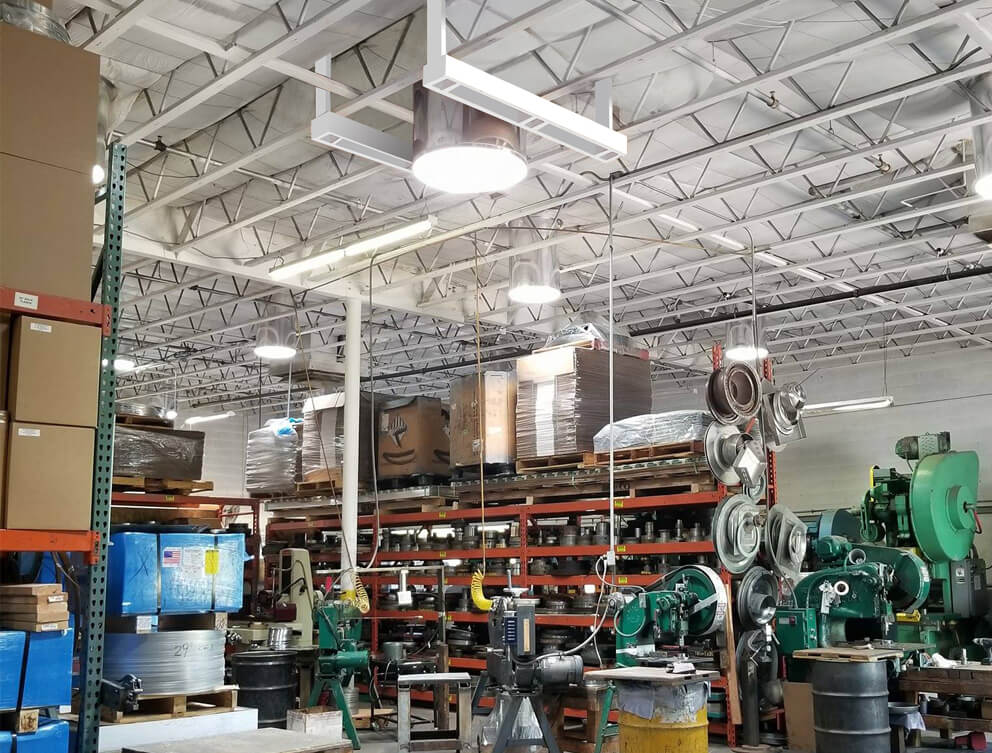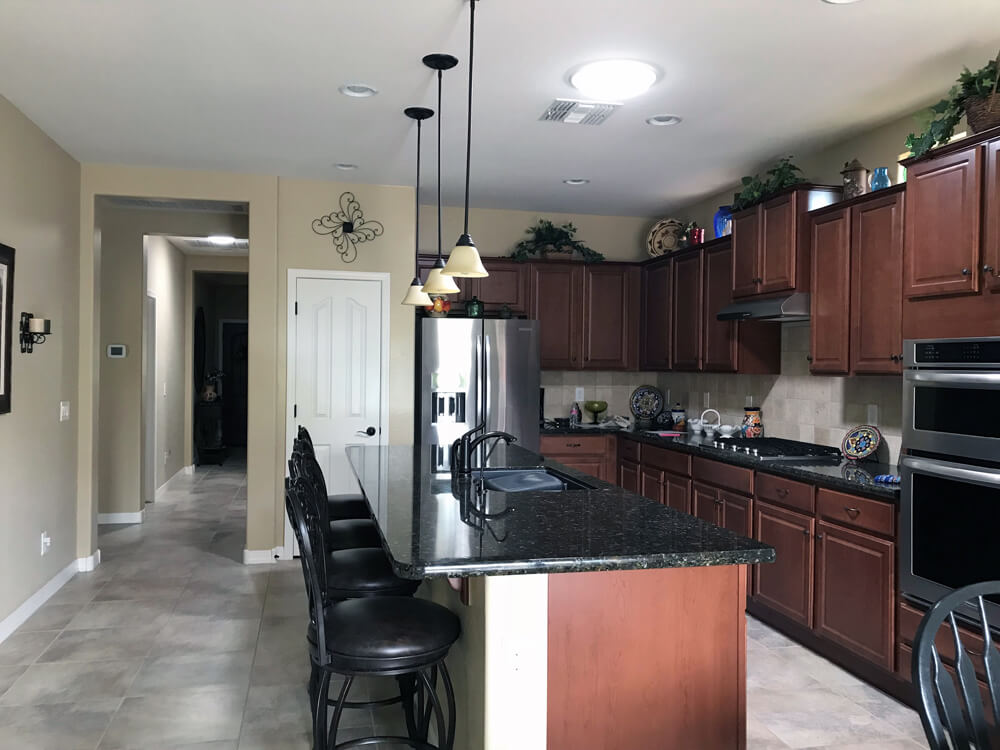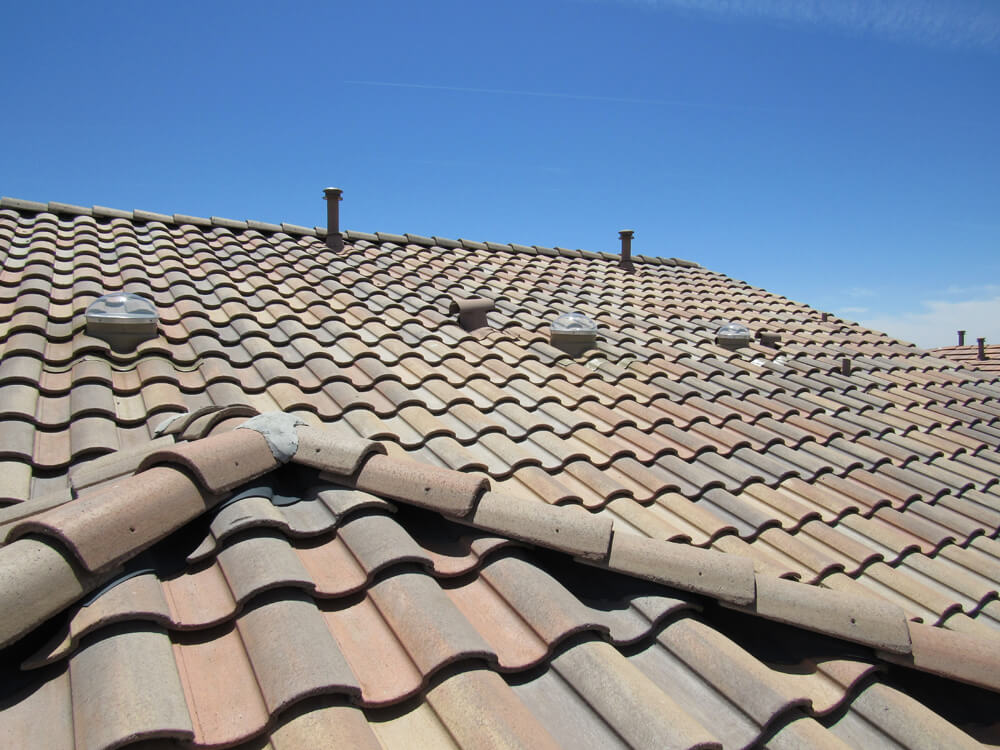
By David M. Brown.
The promise of enlightenment comes with every New Year.
In partial progress toward that goal, consider the green and lifestyle benefits of solar tubes, also known as tubular skylights. Solar tubes allow homeowners and businesses to economically bring natural light into a dark room, especially when windows or traditional skylights are not an option.
“A tubular skylight allows natural light in to brighten your room during the day without the need for an electrical light source,” says Jované Estrada, general manager at Chandler-based Elite Solar Systems. “This is an environmentally friendly option, and solar tubes can be retrofitted into any existing roof system, and many homebuilders are also offering them.”
In conjunction with Southwest Metal Spinning, Elite has been designing and manufacturing high-quality tubular skylights, solar-powered attic fans and garage exhaust fans since March, 2001.
Owned and managed by a family of metal fabricators, the companies build proprietary tooling and manufacture all-aluminum flashings, trim and decorative rings and vacuum forms for their high-impact domes and diffusers.
Elite’s tubular skylight components, material quality, and installation methods are certified by ICC, the International Code Council (report number ICC-ESR1761), meaning the skylights also adhere to International Building Code (IBC) standards and can be installed worldwide.
The company’s solar tubes, backed by a 25-year warranty, include a high-impact acrylic dome, built to withstand hurricanes in Florida and Texas. The dome locks into a ring on the 1100-O aluminum flashing that is sealed to your flat or pitched rooftop, protecting against rain and cracking.
To test the strength of the dome, “We once ran a truck over a dome, and it dented but didn’t crack,” Estrada says, adding that the domes also adhere to OSHA fall-protection standards.
Beneath this, a polycarbonate diffusing lens connects to highly reflective anodized tubing leading to the ceiling, where it links to a three-glazed polycarbonate diffuser. “This sits in an aluminum powder-coated decorative ring that twists into place on an aluminum trim ring secured to the ceiling,” Estrada explains.
Environmentally, two advantages stand out. For one, home- or business-owners use free sunlight to light up their homes, garages, offices, hallways, bathrooms and warehouses. Secondly, the tubular skylight offers three layers of UV protection to inhibit fading of interiors. “The heat gain is less than utilizing a light bulb; you cannot touch a traditional light bulb when it is on but you can touch the diffuser of a tubular skylight,” Estrada explains.
Solar tubes also offer lifestyle benefits for people, pets, and plants. “With a tubular skylight, you bring the outdoor natural light into your room, which warms it up in a number of ways,” he notes. “They’ve been reported to improve a person’s mood, for instance.”
For homeowners, Elite Solar Systems offers tubular skylights from 6 inches to 18 inches in diameter, and business owners can buy them in larger sizes up to 32 inches for offices and large warehouses.

Homeowners can enhance the basic solar tube with accessories, fitting the needs of individual rooms. Flashing extensions allow the dome that sits on the roof to be lifted higher up to account for rooftop components that inhibit light from entering the dome. For those with s-tile roofs, an aluminum skirt creates a seal to protect against leaks, and a bathroom exhaust vent allows for a skylight to double as a skylight and exhaust vent.

In addition, light kits enable replacement of an existing light fixture with natural daylight during the day and an electric light at night. “The dimmer allows you to create a solar eclipse effect in the skylight and dim the light from the skylight when a room needs to be darkened during the day, when you want to take a nap or watch TV,” he says.
Why choose tubular rather than traditional skylights?
For one, cost. On average, an installed tubular skylight will total $530 to $1,040, but a traditional skylight can range from $950 to $3,000-plus.
Much of this higher cost is installer time and, related to that, the alterations that must be made to the home for the solar tube.
“It can take an installer two to three hours to install a tubular skylight versus a traditional one, which can take up to three days,” Estrada explains. “The tubular skylight only requires a hole on the roof and a hole in the ceiling inside the home, but a traditional skylight requires framing and drywall to be installed from the roof to the ceiling.”
“All in all,” he concludes, “the tubular skylight is a fast and economical way to bring natural light into your home without any structural changes needed.”
Brown is a Valley-based writer (azwriter.com). A native of Philadelphia, Pennsylvania, he writes on subjects he is passionate about: the environment, high-performance and classic cars, food and wine, people, the arts and culture, architecture and construction.






